Hotels are breathing new life into underused office spaces, turning them into multifunctional hubs that revitalise city streets and provide fresh opportunities for community engagement, writes Dexter Moren

Much has been written about the negative impacts of post-Covid vacant office blocks in our city centres – creating blights on our streets and occupying space that could be put to active use. Many have argued for their conversion into homes, but the structures don’t often lend themselves to residential use. Our housing crisis necessitates high-quality solutions, not more poorly converted spaces using permitted development powers.
Instead, there is huge potential for these buildings to be transformed into visitor accommodation, embracing the broad range of long and short-stay hotels that can have a hugely positive impact on their location in many ways.
Hotels activate street frontages and support community life. Facilities for locals and tourists alike extend beyond bars and restaurants to encompass leisure and increasingly informal meeting and co-working spaces not limited by traditional working hours. Indeed, by their 24-hour nature, hotels provide both natural urban surveillance and boost local businesses such as cleaners and florists. Contrary to the perceptions of many local authorities, hotels also provide significant employment, which by default supports locals rather than traditional office commuters into major cities.
In a climate where carbon footprints and sustainability are paramount, hotels are uniquely placed to make optimum use of redundant offices, particularly historic buildings where listed spaces can be enhanced with the added benefit of being opened to public access and use.
Conversion of offices to hotels is not a new phenomenon. Studio Moren has undertaken many such successful projects previously, including the Conrad Hilton St James, Hyatt Aldgate, Beaumont House Windsor, and Malmaison York, to name a few.
Post-Covid, the City of London launched “Destination City”: a vision of creating a thriving, mixed-use Square Mile, where life extends beyond traditional weekday working hours – now often only Tuesday to Thursday. This initiative seeks to complement new, state-of-the-art offices with repurposed redundant office buildings – a model that many other cities could replicate.
Hyde, the newly completed boutique luxury hotel we have designed on Old Bailey, is a great example of this policy in action. Here, working closely with Ennismore, we have transformed empty serviced offices into a vibrant new hotel within a Grade II listed building, which was ironically converted from a hotel to offices over 100 years earlier. The ground floor is dedicated to a signature bar and restaurant serving walk-ins and hotel guests for breakfast, lunch, and dinner, as well as providing “anytime” informal meeting space off an enlivened Holborn Viaduct. Previous basement space and street vaults have been reimagined as an intimate bar, providing a further nighttime venue. Guests across the building encompass tourists, workers, and residents.
There are, of course, design challenges associated with such conversions. Lift capacity, fire escape provision, and respect for external window fenestration and modulation are all important design considerations. For the most part, floor heights – while not suitable for next-generation offices – are adequate for hotels. Even deep floor plans can be accommodated as windowless rooms have gained acceptance from some, though not all, brands. It is also essential to understand the servicing needs of a hotel and optimise both key count and operational efficiency while suitably separating front and back of house – no guest wants the equivalent of accessing a car through the engine bay!
Hotel facilities and room sizes depend on the brand and its positioning on the budget-to-luxury spectrum. Interestingly, budget hotels tend to be more prescriptive than their more upmarket contemporaries. It has been many years since brands prided themselves on worldwide consistency, preferring to focus on the “neighbourhood story” and locational uniqueness, which joyfully encourages more design creativity. It is no longer desirable to wake up knowing which brand you’re in, rather than which neighbourhood you are staying in. Over the years, we have helped to define this approach with award-winning hotels such as Ampersand, which references and reflects its location within the museum quarter of Kensington, or its sister hotel, Vintry & Mercer, which harks to the rich history of City Liveries.
While the City of London has embraced change, many boroughs and cities across the UK have yet to appreciate the benefits of street activation, local employment, and historic preservation that hotels can bring. With investment in hospitality at an all-time high, the opportunity is there for the taking.
Postscript
Dexter Moren is a partner at Studio Moren.




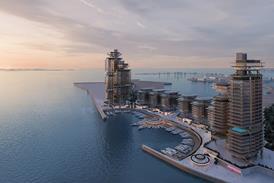
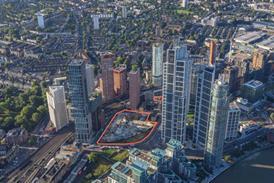



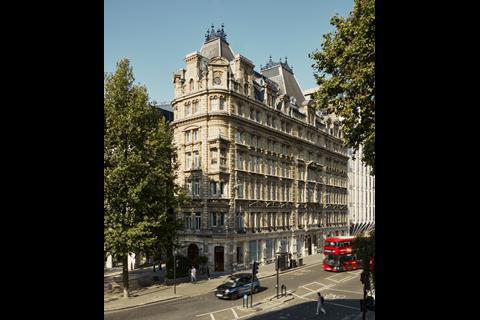
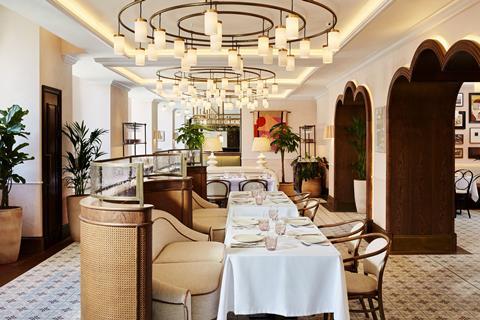
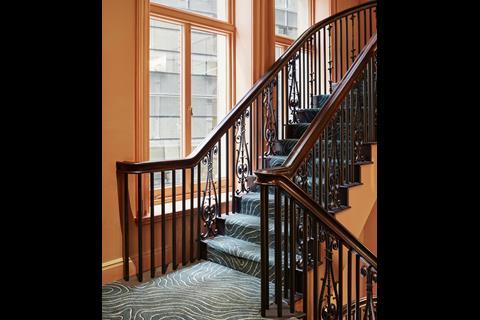







No comments yet